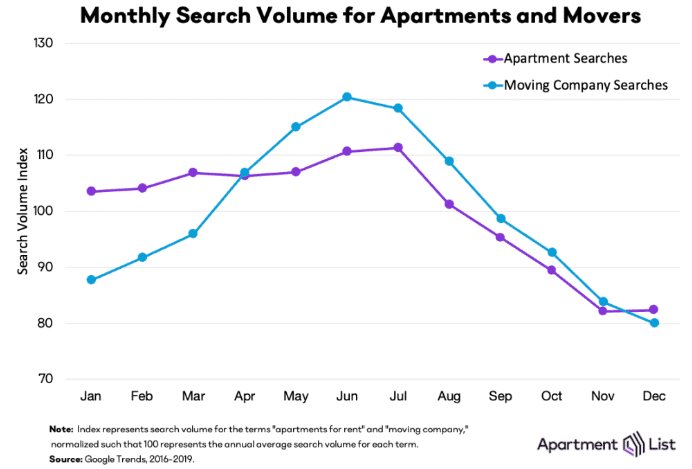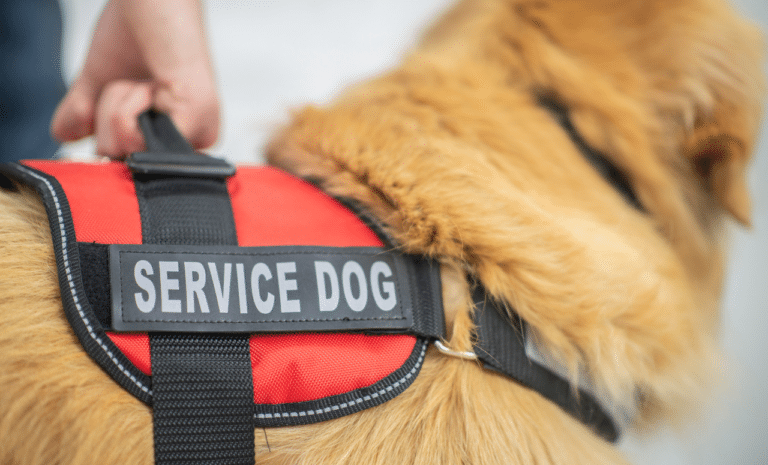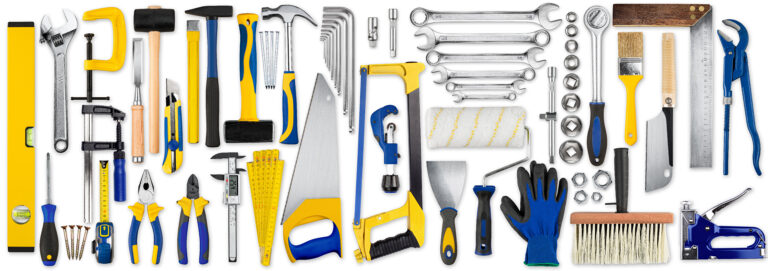Leases are not just for tenants. It is a contractual lease agreement between you, the landlord, and the tenant. Just as the tenant has responsibilities, so does the landlord. Let us take a moment to review what a rental property owner must know before they sign a tenant into a lease.

How Will the Tenant Pay the Rent?
There are a ton of different ways that a tenant can pay their rent these days. The traditional method of “the check is in the mail” is the old time way of doing things. Are you prepared to accept online payments? Will you accept credit cards? Are you willing to accept direct deposits into your bank account? Or does the tenant expect you to come and pick up the payment? You should discuss with the tenant a specific method of payment. Share with them the options they have to choose from and then mutually decide on the best method.
When is the Rent Due?
While paying the rent on the first is the most common option, it is not always the best for the tenant. If you give the tenant the option to choose the date that is best for them, you may have a better chance of getting paid on time. For example, if their credit card bills and car loan payment are all due on the first, why not make the rent due on the 15th to catch another payday.
Do they get paid every other week?
If so, consider recommending that they direct deposit every two weeks. You could annualize the rent and then divide by the 52 weeks to get the exact bi-weekly payment. In this way, you are guaranteed to get your rent and it is easier for the tenant than coming up with a whole heap of money on the first.
What are the Security Deposit Laws in Your State?
Each state has the freedom to set their own laws then it comes to landlord/tenant interactions. You want to accept the highest security deposit that is allowed, but you do not want to violate state laws. For example, North Carolina laws allow a maximum security deposit of two month’s rent in addition to a “reasonable” nonrefundable pet deposit. You can check out the laws regarding your specific state here on Nolo.com.
Have You Completed the Move-In Report?
If you are going to collect a security deposit, you should ensure that you can make any claims that are needed when the tenant moves out. This means that you need proof of tenant damages. This is where your move-in report comes into play. Have the tenant inspect the leased premises with you or your agent. Mention any pre-existing damage on the form. Take photos for future reference. If there is a spot on the carpet, take a picture and note the room and location. If there is drywall damage, photograph that so you do not accidentally accuse the tenant of it when they move out (which they could contest and create problems in claiming any of the security deposit).
Photograph the unit and any new work that was done. Document any carpet cleaning, new paint, the condition of the kitchen cabinets and countertops, and the condition of the bathroom. Make sure both you (or your agent) and the tenant sign and date the form. Keep the original and the photos in their file. Give a copy to the tenant when they sign the lease agreement.
Keep the lines of communication open from the start with your tenant. Make sure that they know the main terms of the lease; how to pay the rent; when to pay it and what will happen with their security deposit if they damage the unit. Setting up a good relationship with the tenants from the moment they sign the lease is a great way to help ensure a good tenancy and timely rent payments.











